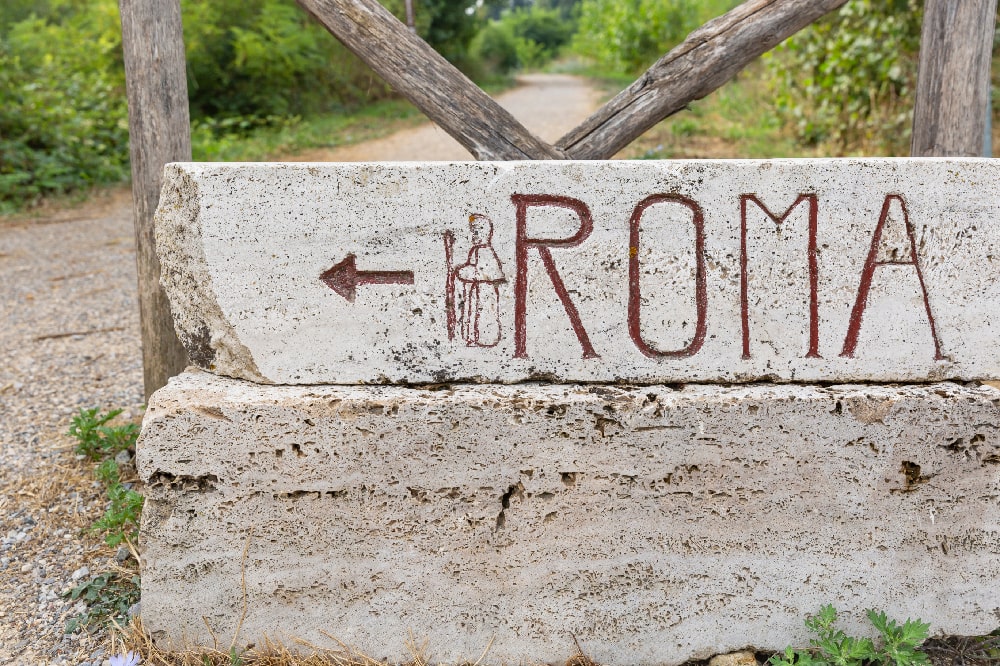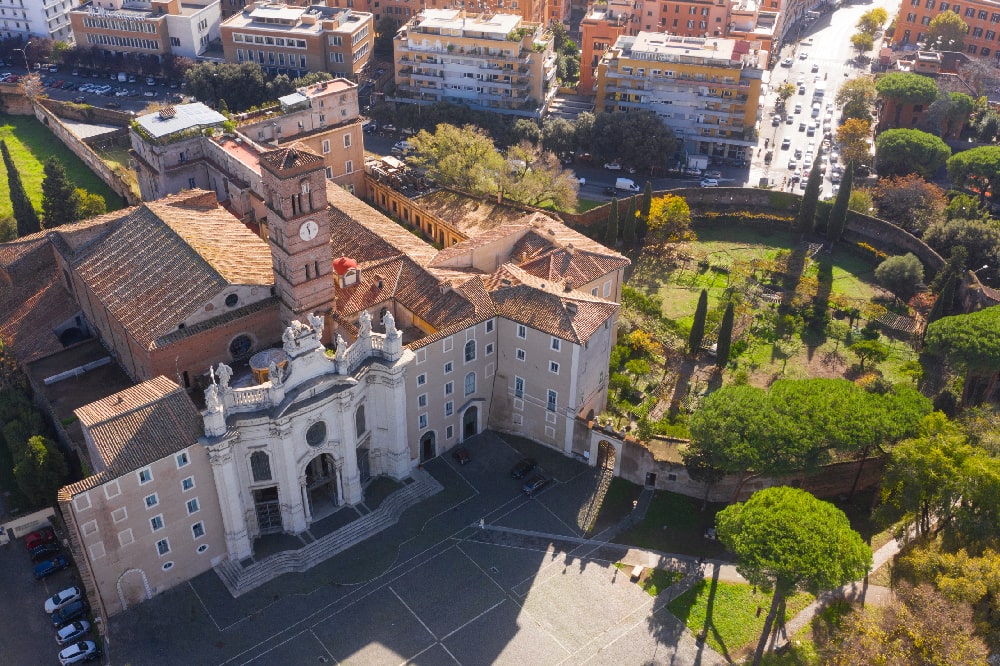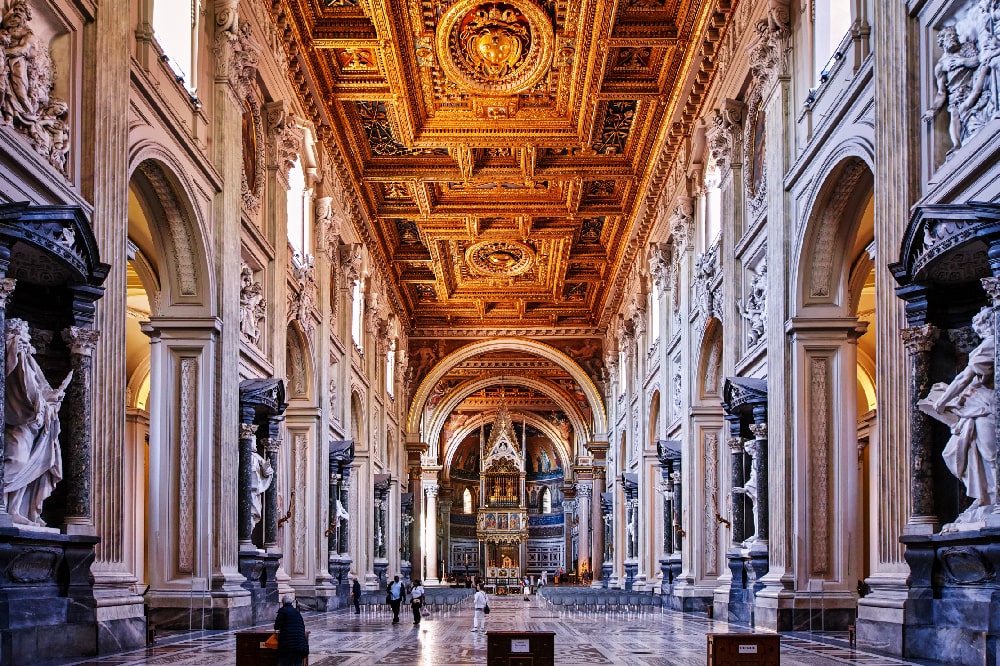What is meant by the Chair of Saint Peter? What is and where is this precious artefact? What is celebrated on February 22?
Contents
February 22 is a special liturgical feast. In fact, the Catholic Church celebrates the Chair of Saint Peter (Cathedra Petri). But what is it? First of all the Chair of Saint Peter is an object, to be exact a wooden seat, or throne, which according to tradition belonged to Saint Peter when he was Bishop of Rome and First Pope. In fact, in the religious sphere, the Chair, or cathedra, is the throne from which the Bishop imparts his blessings and addresses the faithful, as a representative of Jesus on Earth. It is a symbol of episcopal power and responsibility and is usually placed in a prominent position in the churches, in the middle of the apse or in the presbytery, surrounded by benches reserved for priests who must assist the bishop. Suffice it to say that the term Cathedral comes from the Chair: the Cathedral is the church that contains the Chair, then the very heart of the diocese.

From the Chair as an object came the use of the term to indicate the function of the Bishop of Rome in general, and of Saint Peter in particular, his role of guide and teacher of Christianity, his being the pastor chosen by Jesus to guide His Church. It is this mission, the mission of Peter and all the pontiffs who came after him, that is celebrated on February 22.
The Chair of Saint Peter by Bernini
The Chair of Saint Peter as a real object is a wooden bench kept in Saint Peter’s Basilica in the Vatican. Around it was erected later a bronze throne. A copy of the same is instead in the Museo Storico Artistico del Tesoro di San Pietro, which is accessed from inside the basilica. What we are used to knowing as the Chair of Saint Peter, in reality, dates back to the ninth century AD, and is a gift that Charles II said the Bald, King of the Franks, Pope John VIII when he descended in Italy to be crowned emperor.

Saint Peter in the Vatican: Church symbol of the whole Christian world
Saint Peter in the Vatican is a basilica full of meanings…
Between 1656 and 1665 Gian Lorenzo Bernini created a magnificent baroque composition around the Chair, and even today we can admire it in the apse of St Peter’s Basilica. The Chair of Saint Peter by Bernini is 7 meters high, topped by two putti holding the papal insignia. The main structure consists of four large bronze statues that support a platform on which the Chair itself is placed. The statues depict the four doctors of the Greek and Latin Churches: Saint Augustine, Saint Ambrose, Saint Anastasius and Saint John Chrysostom.

Doctors of the Church: who are they and what are the requirements for having this title
On 1 October we celebrate Saint Therese of Lisieux…
In reality, the Chair seems to float in the air on a bed of gold clouds, thanks to the mastery of the sculptor. The golden bas-relief that forms the back of the Chair is the work of the sculptor Giovanni Paolo Schor on drawings by Bernini. It depicts the episode of Pasce oves meas, “Feed my sheep”, when the Risen Jesus appeared to the apostles on the shores of the lake of Tiberias, and entrusted Peter with His flock to guard and guide. On the sides of the seat are represented the Lavender of the feet and the Handing over of the keys (traditio clavium), one of the most recurring themes in early Christian art: Jesus hands Peter the keys and thus invests him of the papal primacy.

A large window, surrounded by an ascending glory of angels, rays and clouds of gold, surmounts the structure. At the centre of the window stands the dove representing the Holy Spirit, guide of Peter and his successors.
In front of the Chair of Saint Peter, also by Bernini, we can admire the Canopy of Saint Peter, one of the most fabulous monuments of the Baroque period, placed as a cover to the high altar.
The Celebration of the Chair of Saint Peter
Originally there were two liturgical feasts dedicated to the Chair of Saint Peter: one on 18 January and one on 22 February. The first was celebrated by the Church of the West, the second by that of the East. When the Roman calendar was revised, the ‘doubles’ of the feasts were abolished, and for the celebration of the Chair of Saint Peter, the feast of February 22 was held for good.
Tradition also considers the two feasts as an expression of the two main moments of the life and mission of Saint Peter: before and after his journey to Rome, where he will find death. The first period of his life would therefore correspond to another Chair, that of Antioch, the seat of his first magisterium.
The cathedra Petri
A doctrine that developed from the third century A.D. also took the name of cathedra Petri. This doctrine affirms that Jesus entrusted to Saint Peter the twofold primacy of first among the Apostles and first bishop of Rome. On this theology of primacy, the Catholic Church would have based the claim of superiority of the Pope over all the bishops and the centralization of spiritual and temporal power in Rome.

Meta description: The Chair of St. Peter, baroque masterpiece kept in the Basilica of St Peter in Rome, But what does it represent? What is its history, its meaning?

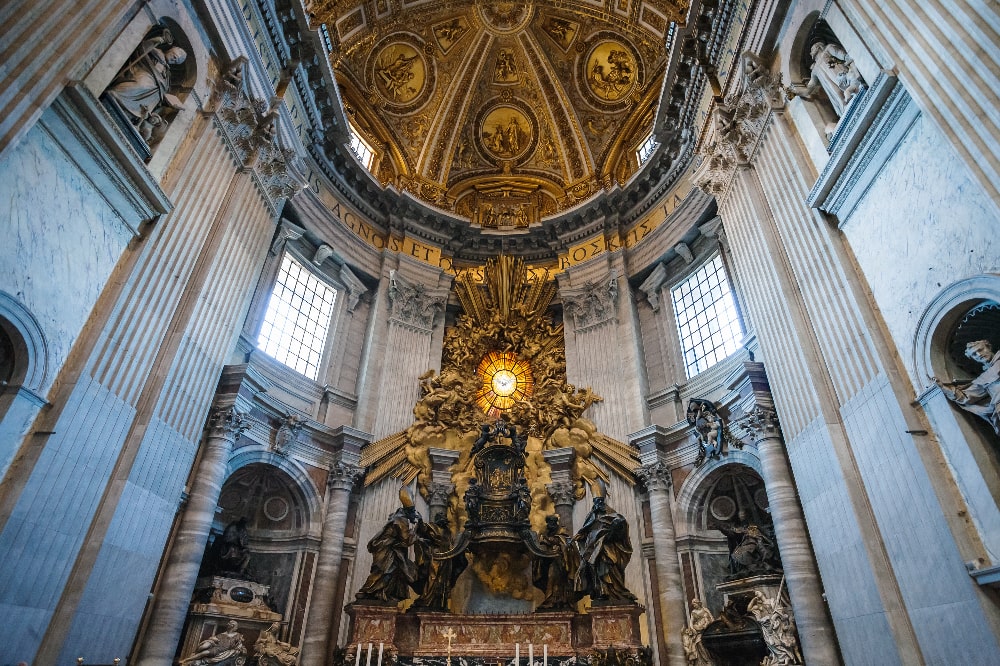
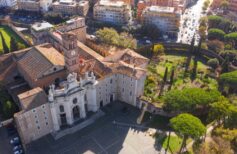

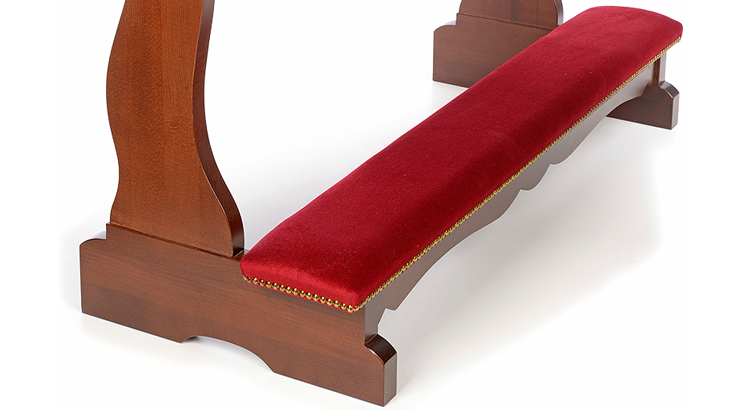
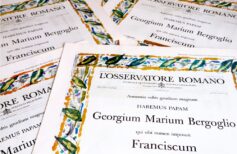
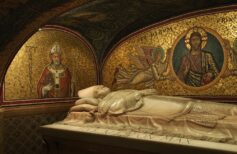
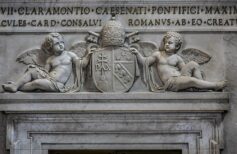


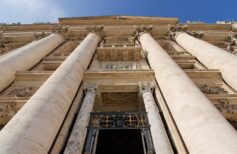






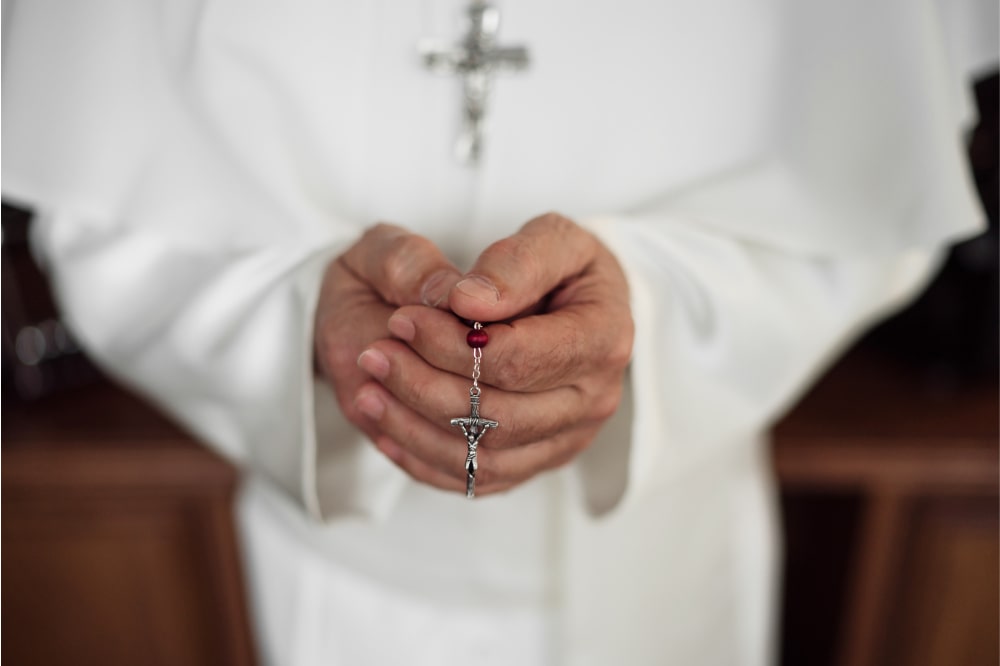
 5 June 2024
5 June 2024
